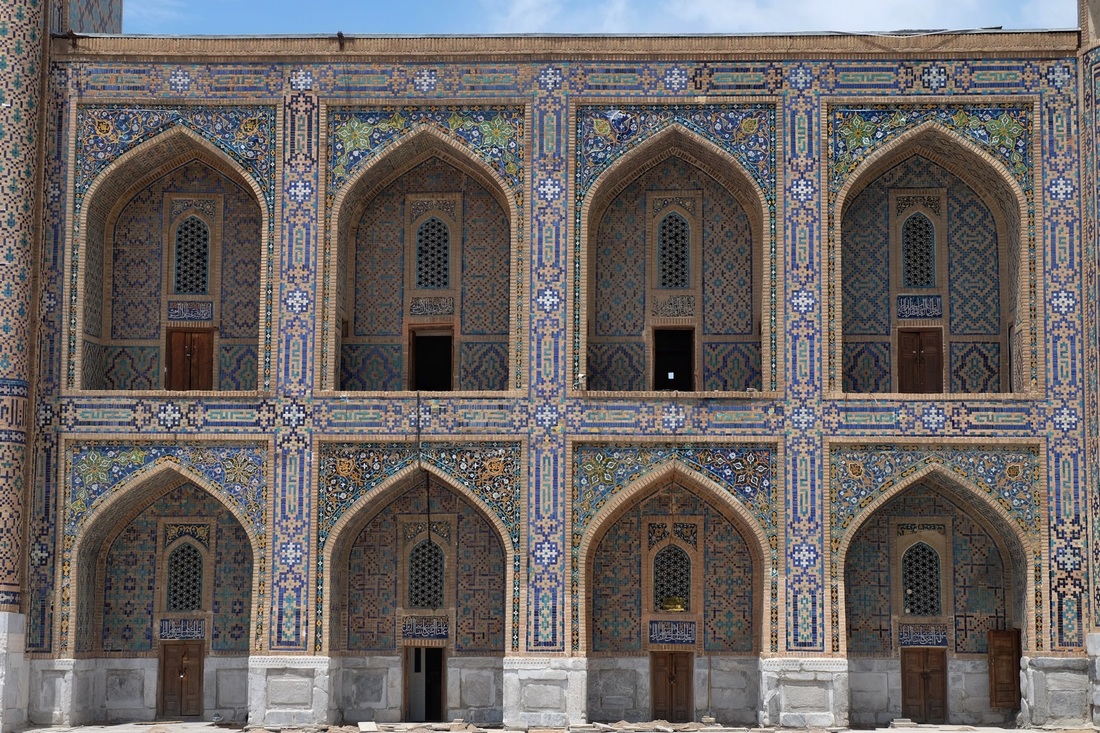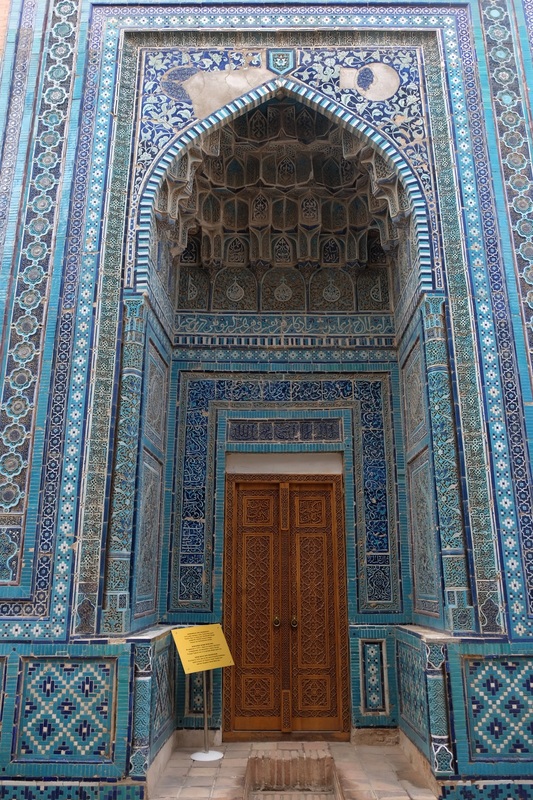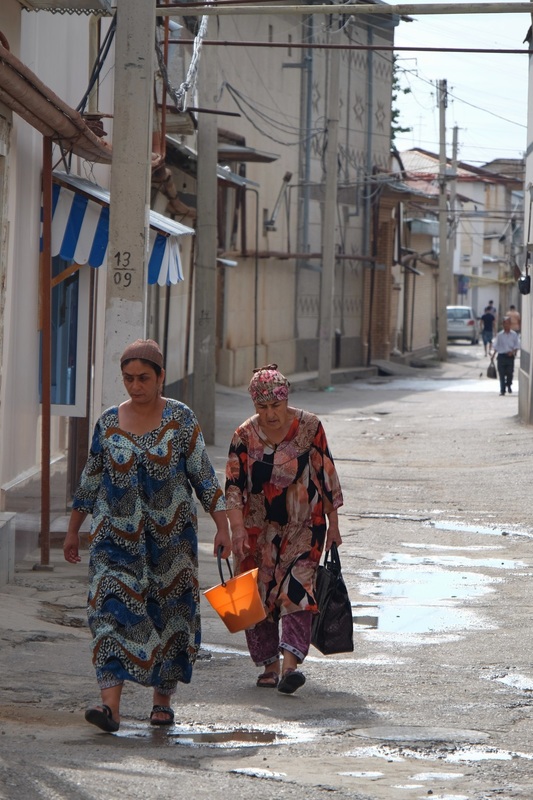I've been waiting for this one ever since I started my journey in Shanghai. The very name of this place - Samarkand - evokes images of a mystical faraway land, packed with exotic characters, camels and caravans. For two millennia, grandfathers from East and West would thrill their grandchildren with stories of how both ends of the world met and mingled at this very crossroads. And indeed, how this confluence of people, interests and knowledge spawned new derivatives of their own.
Located at the geographical edge of various great empires, Samarkand changed hands frequently, from the Greeks (3rd Century BC), to the Arabs (8th Century), the Mongols (12th Century) and the Chinese (numerous points in between). It's remarkable to me that this little place in the sun in Central Asia is described in vivid detail in the ancient texts of so many great civilisations. And that Samarkand has played a role in so much of the 2,000 years of shared history between East and West makes it a truly wondrous place to be physically present in.
While the city has had its ups and downs, its peak (and presently preserved state) was during Amir Timur's rule, who made it his capital in the 1370's. As the epicentre of an empire which covered most of Central Asia, Afghanistan, and parts of India and Persia, Samarkand benefited from the inflow of great wealth, and artistic know-how. I found it fascinating that its builders have so seamlessly integrated art, religon (Islam at the time) and learning - the sciences, languages etc. The Registan, for example, is a complex of medressas (or education institutions) and mosques, adorned with some of the most beautiful mosaic known to man. I really don't think there are many places in the world which execute all three elements so convincingly, and so harmoniously.
There's just so much to photograph in Samarkand, but I'll focus on the main sights (Registan, Bibi Khanym Mausoleum, and the Shah-i-Zinda complex). Also a small series on the Old Town and the people of Samarkand.
The Registan - "Sandy Place" in the Uzbek language
Bottom pic: The view from the opposite direction - Sher Dor (Lion) Medressa from the arch of Tilla-Kari.
I hope R and X are still together.
The top pic shows what the Registan looked like prior to restoration. Not super different I suppose.
The bottom pic shows an unrestored portion of the inner wall of the Sher Dor Medressa. Again, some of the tilework has held up pretty well.
Bottom pics: Interior - see the light and dark bricks? The light coloured ones are from the restoration work.
The Bibi-Khanym Mosque is named after Timur's Chinese wife.




































